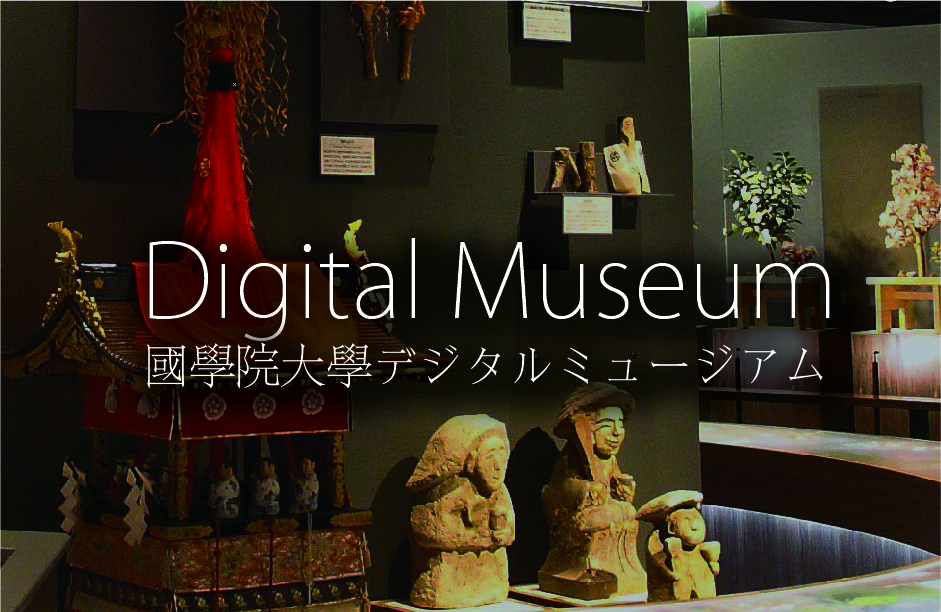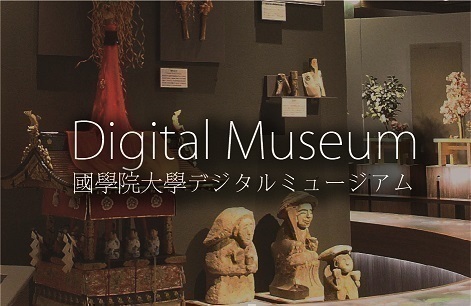- トップ
- Encyclopedia of Shinto
- Konkōkyō
Encyclopedia of Shinto
| Main Menu: | |
| Links: |
詳細表示 (Complete Article)
| カテゴリー1: | 8. Schools, Groups, and Personalities |
|---|---|
| カテゴリー2: | Modern Sectarian Groups |
| Title | Konkōkyō |
| Text | A Shinto-derived new religion and one of the thirteen sects of prewar Shinto. Founded by Konkō Daijin (1814-83) (original name, Akazawa Bunji), who was born into a farming household in present-day Okayama Prefecture. After experiencing a succession of disasters and personal illnesses, Akazawa established a new faith focused on a deity he called Tenchikane no kami. Shortly afterwards he devoted himself to religious activities which he referred to by the term toritsugi' ("spiritual intercession"; see below). After Konkō Daijin's death, disciples such as Satō Yoshio carried out proselytizing activities aimed at unifying the movement, and in 1885 the group gained recognition as the Shintō Konkō Kyōkai, affiliated with the Bitchū branch of the umbrella organization Shintō Jimukyoku. Thereafter, it organized missionaries who carried out proselytizing activities in Osaka, Yamaguchi and other locations, and it aimed at expanding its membership further by becoming a direct affiliate of the Shintō Honkyoku (the umbrella organization that replaced the Shintō Jimukyoku in 1886). Seeking to gain independence for their movement, Satō and his associates established academic facilities for training his missionaries, and in 1900 the group became independent as a sect whose activities expanded further in the period from the late Meiji into the Taisho eras (ca. 1910-20s). Konkōkyō's most distinctive activity, known as toritsugi, involves transmitting a supplicant's requests to the deity, and responding with the deity's will to the supplicant, and thus involves a process of mediation or intercession (toritsugi) between supplicant and deity. The rite of toritsugi is performed in a hall called the Hiromae with the intermediary (toritsugisha) sitting sideways in a position known as the kekkai ("border") located on the right-hand side of the hall, with the kami on his right and the devotee on his left side. The seated intermediary turns from side to side, listening to and receiving the request of the devotee, then offering them as prayers to the kami, while also relating the instructions of the kami to the supplicant. The ritual of toritsugi is performed both at Konkōkyō headquarters as well as at facilities in other areas. It should be noted, however, that the significance of toritsugi for Konkōkyō was only established after the beginning of the Shōwa era (ca. from 1926-). Up to that time, the superintendent (kanchō) of the movement was different from the individual who transmitted the rite of toritsugi, and this contradiction in the roles of religious and organizational leadership manifested itself as an issue for the entire sect in what is known as the "Shōwa 9-10 (i.e., 1934-1935) incidents." From that time, the movement developed and attributed new meanings to the practice of toritsugi. From 1954 the movement defined the purpose of all its activities as being "means for realizing the living kami Konkō Daijin's Way of toritsugi," based on the "role of toritsugi." In addition, the movement carried out a religious campaign from 1949 until 1982 which it called its Movement for the Realization of a Devout Life through Intercession (On toritsugi jōju shinjin seikatsu undō). It also was registered as a religious corporation under the Religious Corporation Ordinance (Shūkyō Hōjinrei) in 1946, and under the Religious Corporations Law (Shūkyō Hōjinhō) in 1952. In 1983, to commemorate the 100th anniversary of the founder's death, the movement undertook a renewal campaign, whose main features were a revision of its structures and rituals and the publication of its sacred scriptures. Since that time it has aimed at revising the group organization and beliefs based on these newly published scriptures, the Konkōkyō kyōten (Sacred Scriptures of Konkōkyō), and to develop a dialog-centered movement which it called "Talking about good things" (yoi hanashi o shite iku undo). In 1993 it opened an international center in Tokyo and is aiming at further organizational reform. It should be noted that Konkōkyō has engaged in overseas proselytization efforts since before World War II, and at present it has a number of branches in North and South America. See also Konkō Daijin. Headquarters: Okayama Prefecture Nominal membership: Approximately 440, 000 (M). — Fukushima Shinkichi |





